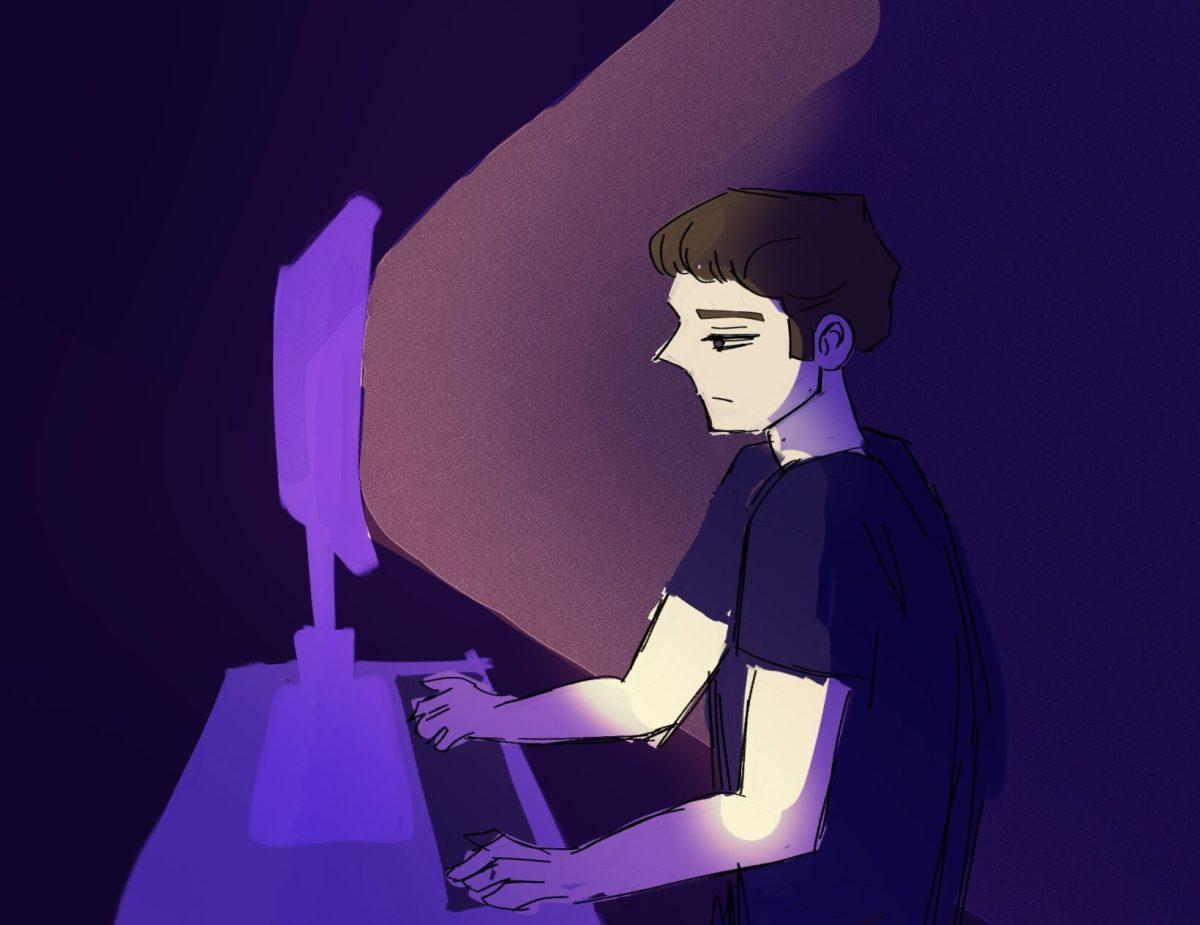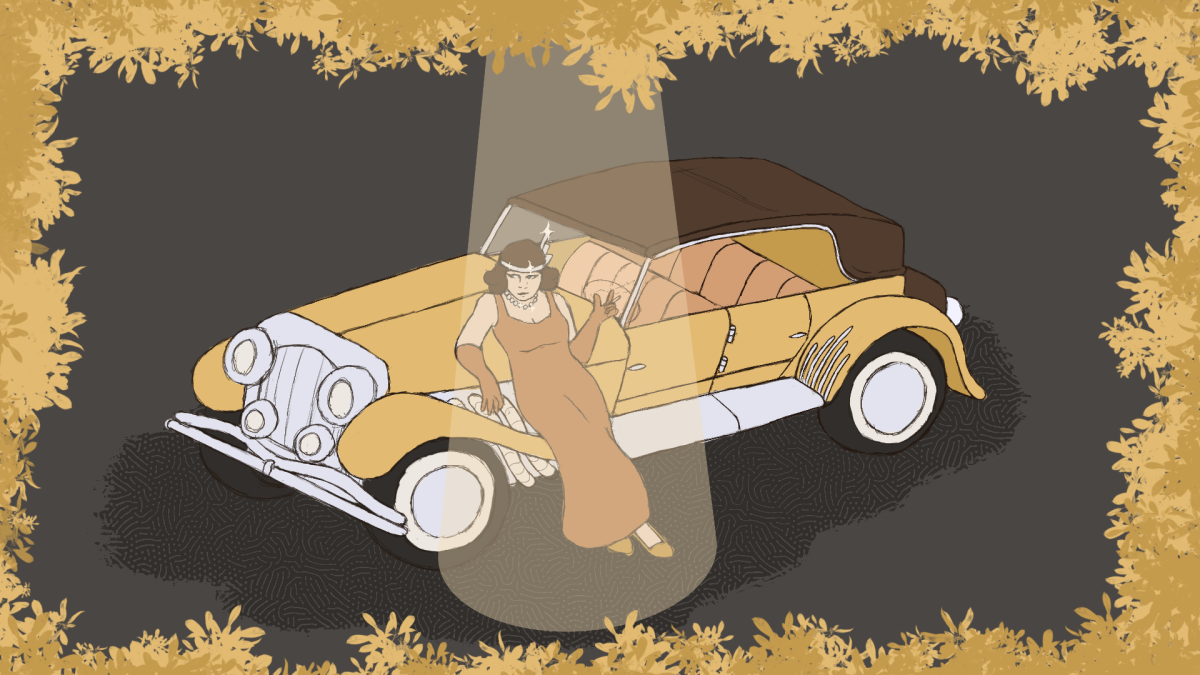On May 30 and 31, Raleigh experienced a series of violent interactions between police and protesters, marking a contrast from the previously peaceful demonstrations against the death of George Floyd. Since then, protests have remained largely peaceful, with demonstrations this weekend disbanding before the 10 p.m. curfew set by Mayor Mary-Ann Baldwin. Meanwhile in Durham, protests remained peaceful throughout that first weekend.
One major difference between police responses in this tale of two cities was their willingness to deploy officers in intimidating riot gear to try to disperse protesters. Whereas Durham kept a few officers wearing the gear on standby inside the police station, Raleigh deployed the equipment along with an extensive amount of tear gas, including in situations with no obvious signs of aggression by demonstrators.
Riot gear exists for just that purpose, protecting police when out-of-control violence threatens the lives and well-being of Raleigh residents. That was not the situation when the first riot gear-equipped officers were seen on the streets. The police should not have been so quick to escalate based on a perceived threat, and the city council needs to make changes to ensure that riot gear and violent tactics are used only as methods of last resort in the future. Decades of research has found that, on the whole, police stepping up their level of force often leads to more injuries than would have otherwise occurred.
The reasons for this are fairly straightforward. From the outset, riot gear looks scary and inhuman, so it can provoke fear in the minds of protesters who were otherwise content to make their points peacefully, if angrily. This is especially impactful in an environment where the protests are about police using excessive and unprovoked force, so protesters are already inclined to view the officers present with suspicion.
Turning up in riot gear, as police did in Raleigh on May 31, can easily be seen as a confrontational move from the outset, and may lead protesters to feel that they must defend themselves, leading to a cycle of escalating violence. Meanwhile, speaking with protesters face-to-face and validating their concerns can quickly defuse tension, such as when over 60 Fayetteville officers kneeled to show understanding last week.
That said, spontaneous kumbaya moments, while heartwarming, are not necessarily to be expected between police and protest groups that have a long history of antagonism. For this, many former law enforcement officials suggest active community engagement by police well ahead of protests to build mutual trust is the best method.
When trust is established, it becomes far easier for police to feel comfortable walking with protestors while wearing less defensible clothing. It’s the duty of police and city officials to work toward building trust, and this includes making reforms to the police’s code of conduct and complaint mechanisms. This way, communities can feel reassured that an officer won’t abuse their power and cause avoidable harm, or that if such a thing does happen, that officer will be swiftly brought to justice.
Donning riot gear and using force to clear up large groups of protesters may seem like an effective way of stopping violence — after all, police wearing riot gear are much less susceptible to injury, and property damage is unlikely when there isn’t a crowd of people for looters to hide in.
However, in the long run, these strategies diminish trust in the institution of policing by creating an us-versus-them dynamic between both officers and citizens. As we’ve seen throughout our history, such a tribalistic mindset leads inevitably to violence. Raleigh deserves a much more thoughtful approach to law enforcement and safeguards to ensure officers cannot use unwarranted force so freely in the future.














